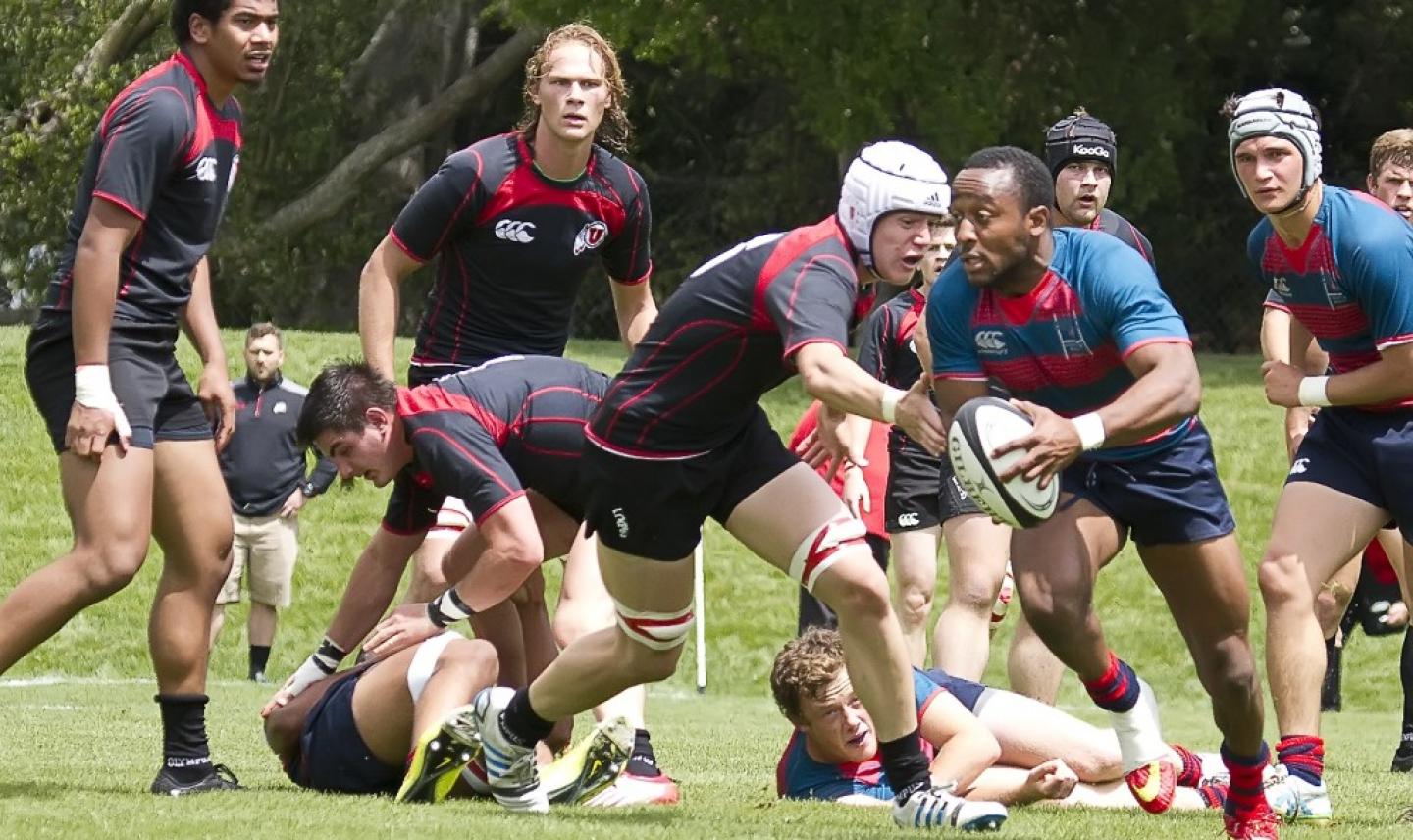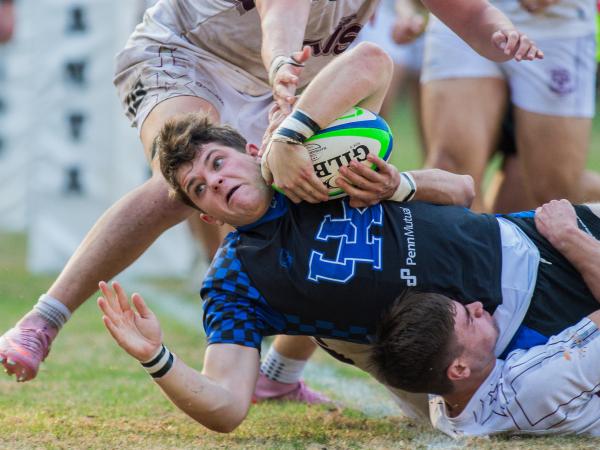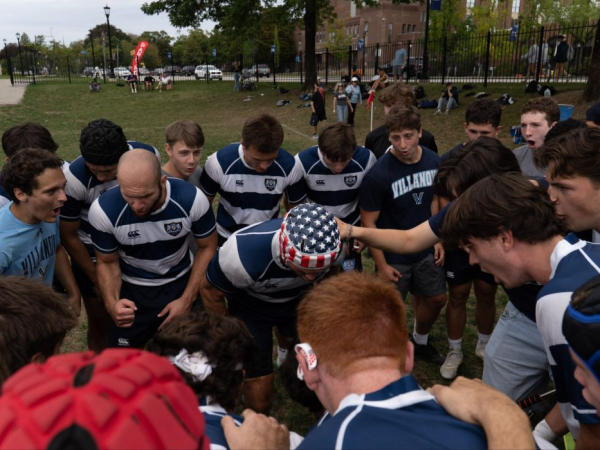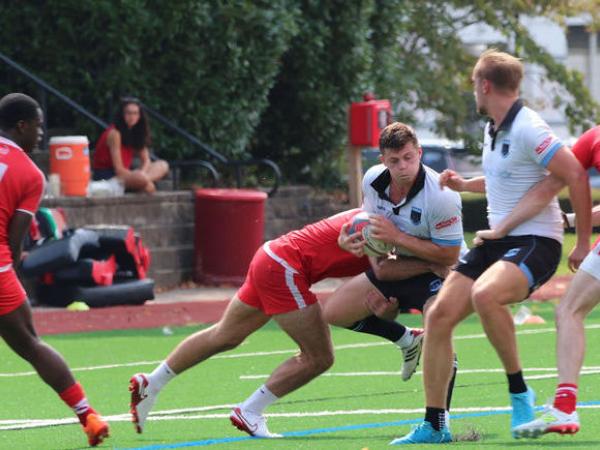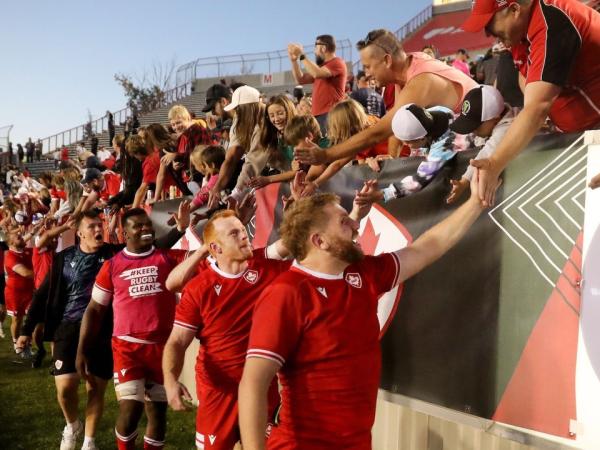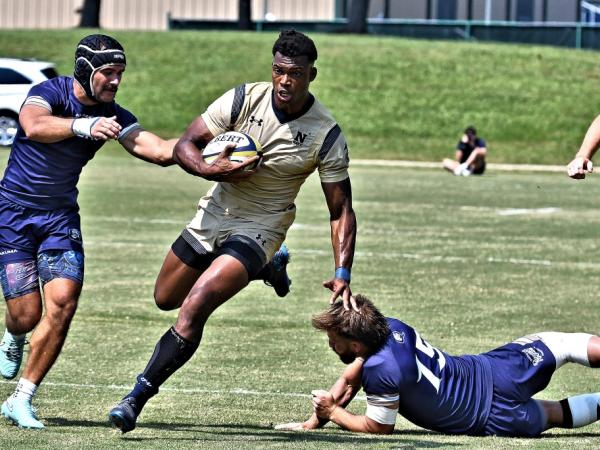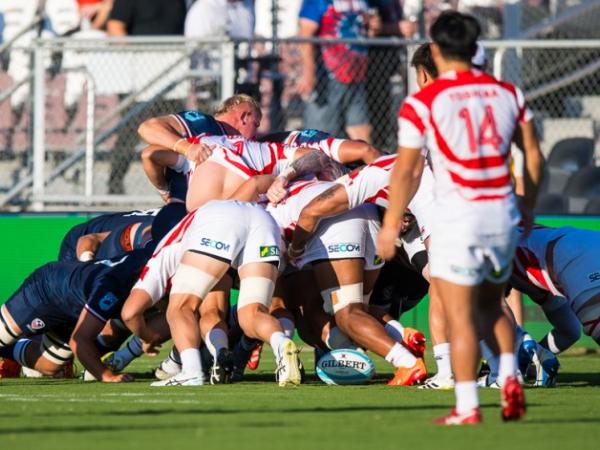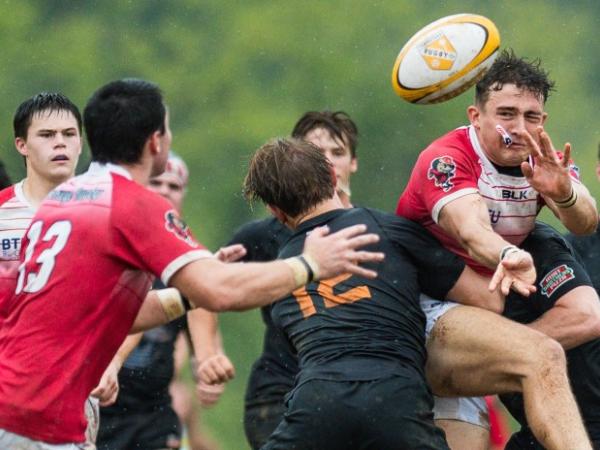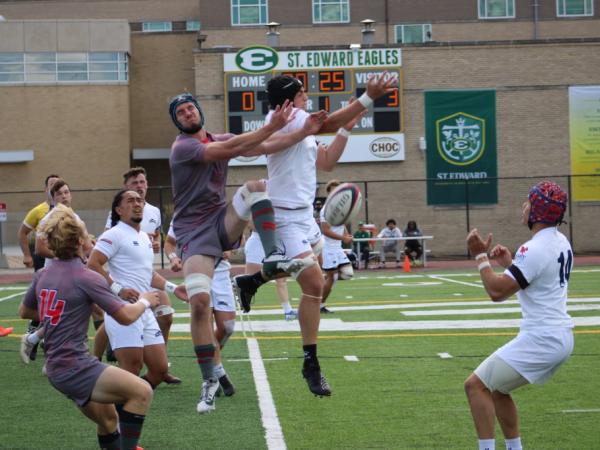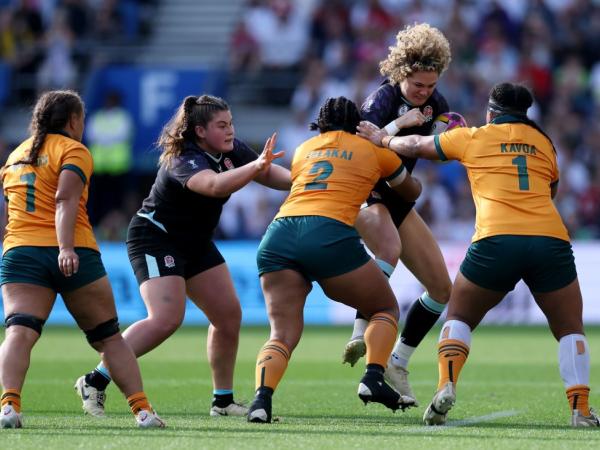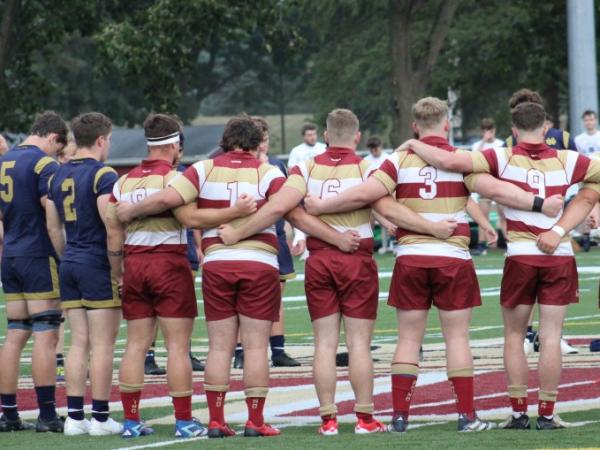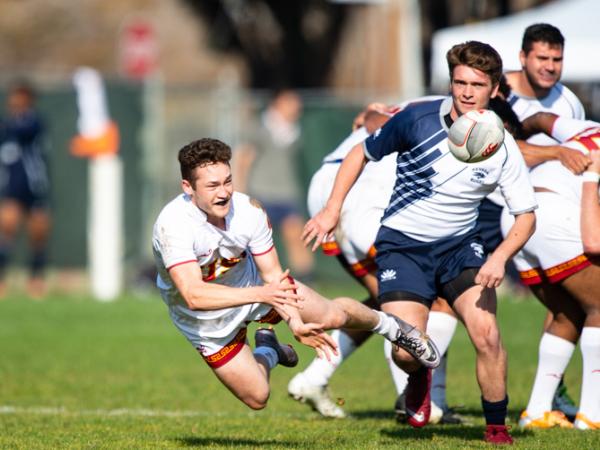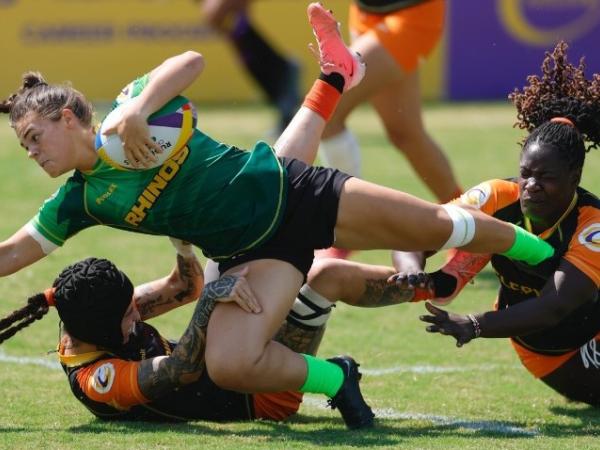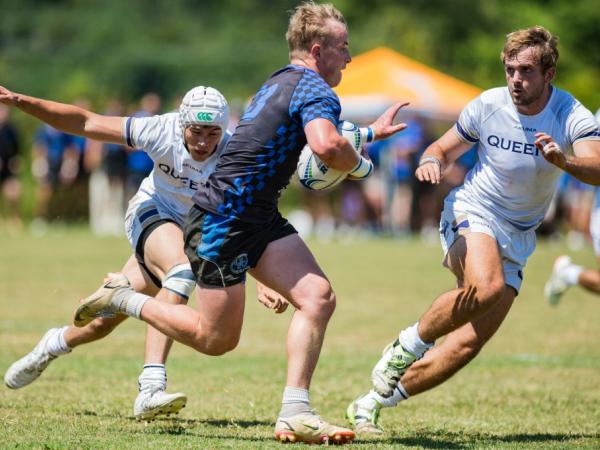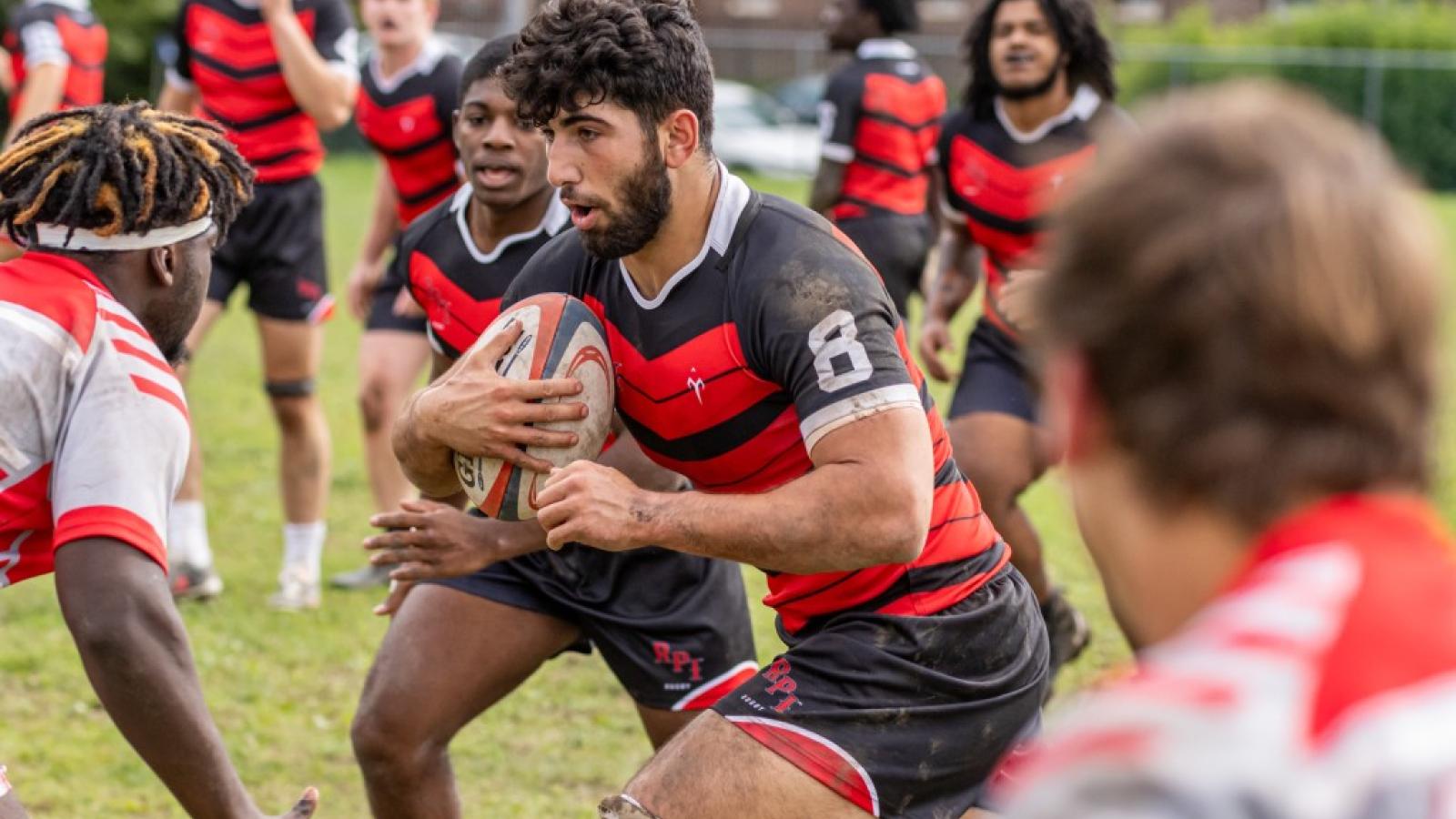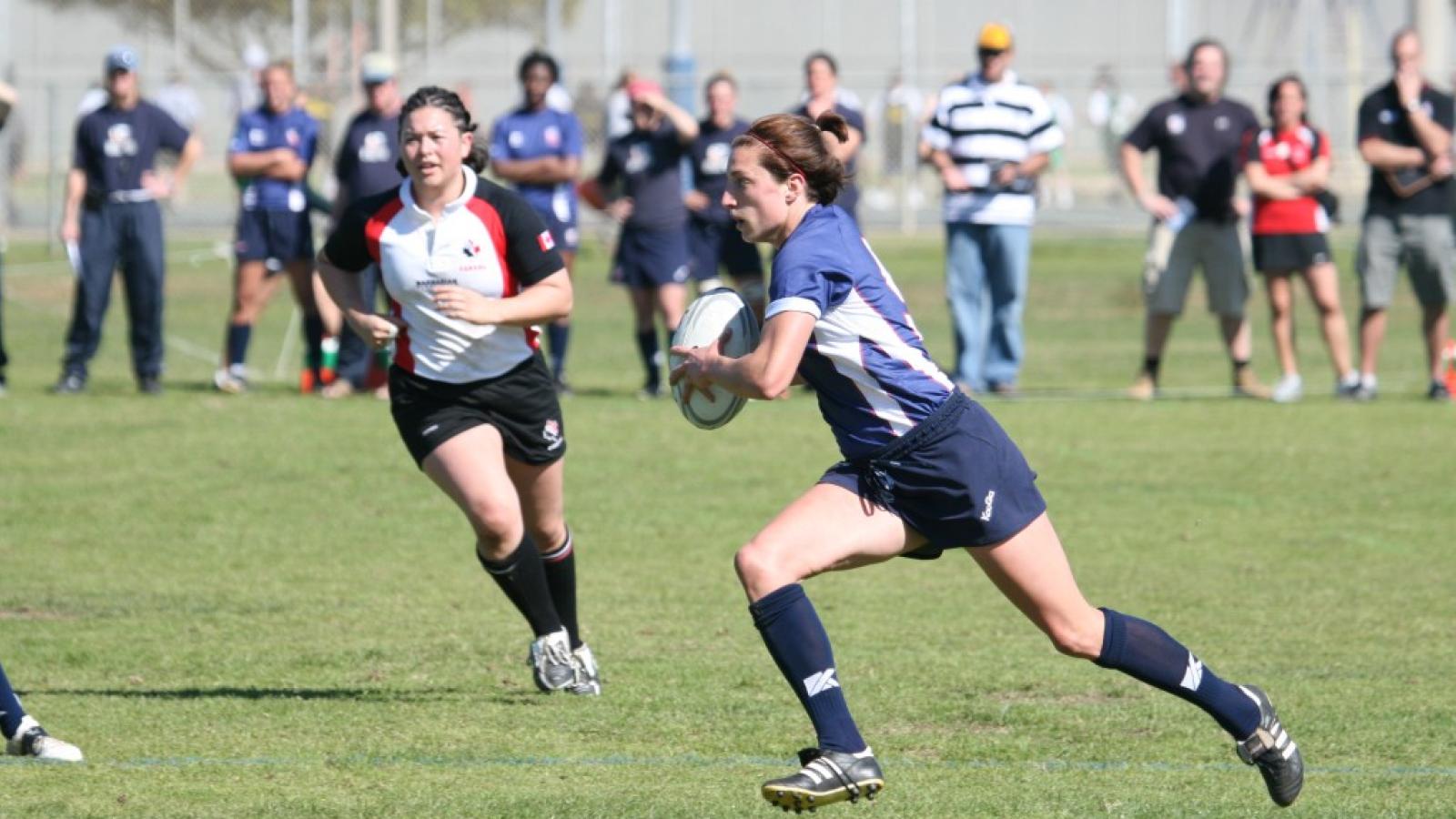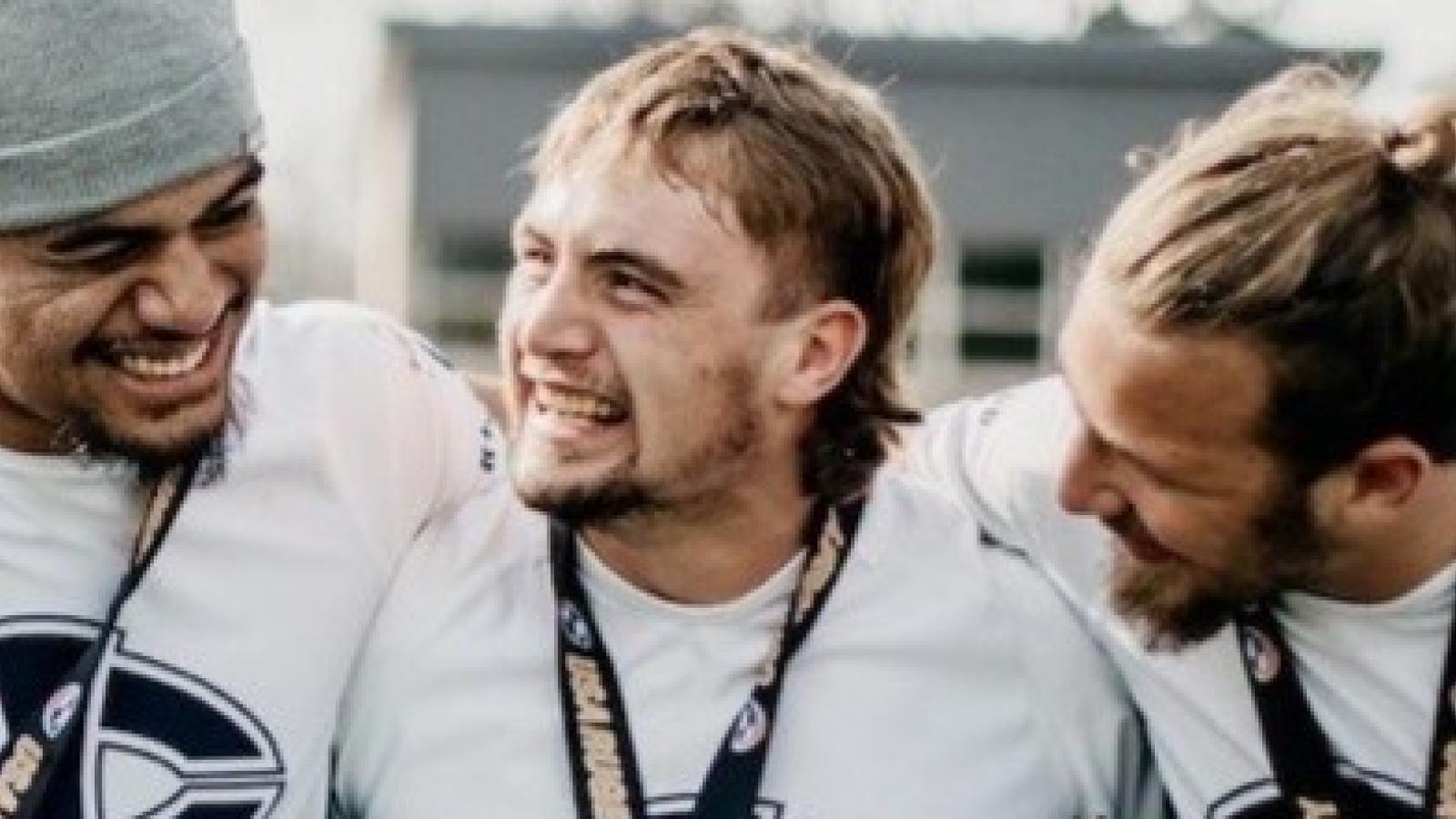It’s not like things had been going badly.
St. Mary’s had been playing quite well - yes they’d lost to BYU twice and Cal, but those games had all been close, and the Gaels seemed to be set for another run at the DIA final.
So why make a change such as moving your flyhalf to outside center, and your outside center to flyhalf? It wasn’t as if Mike McCarthy, the #10 for most of the season, had been doing a poor job. It wasn’t as if Kingsley McGowan wasn’t an All American as a center.
But Head Coach Tim O’Brien wanted more. He felt McGowan wasn’t getting involved in the game enough. Instead of pulling McGowan out or telling him to make changes, O’Brien decided to bring the game to McGowan, and installed him at #10. The first attempt was a 96-0 rout of Santa Clara. That went so well, McGowan darted at flyhalf in the DIA quarterfinal against Utah. The result? McGowan scored three tries and set up several more in a 72-26 defeat of the Utes.
All of this is pretty remarkable - moving a player who has rarely put on the #10 jersey into that position at a crucial time, and seeing it pay off - but it’s also remarkable because McGowan had only six fingers - four of his fingers never fully grew, the result of Amniotic Band Constriction, an accidental condition that sometimes happens to babies before they are born. McGowan has his thumbs, and two very strong fingers on each hand. Somehow, that’s enough to catch and pass at the highest level. Who knew?
“It was definitely a challenge going from outside to flyhalf, but it was mitigated by the fact that playing center, fullback, and wing, you kind of know how the offense works, and how set piece stuff works, so it’s pretty easy to make reads,” McGowan told Goff Rugby Report after Saturday’s win. “It definitely sparked a little bit because there’s no lag time at flyhalf. I have to make reads and check things and get everybody involved. I’ve got to really be on my game.”
McGowan learned quickly that while he can sometimes break through the line himself (and he did do that against Utah), often his effectiveness is in getting the ball to someone else quickly, and then following up for the return pass.
“It’s working pretty well,” he said. “At outside center you kind of have your strike, and then you look to get work around the other side. At flyhalf you stay in the movement and stay in the flow of it.”
Chatter, apparently, is part of the whole idea.
“Kingsley is a little more talkative,” said St. Mary’s captain and hooker Mike O’Neill. “Mikey, who was our #10, is good at relaying the information down to King. It works really well.”
The game itself was a big one for St. Mary’s as they now look ahead to hosting Davenport this coming weekend.
“We came out and said to each other, ‘intensity.’ We knew we had to out-match their intensity. We beat them 81-15 here in January and then we go to Utah and lay an egg - that’s how we looked at it. So this whole week we’d been saying ‘intensity.’ The practices were high energy, high chatter. It was good.”
Coach O’Brien was happy.
“We played a nice tempo. We moved the ball well. We ran nice angles. Most importantly we played very solid defense,” said O’Brien. “Utah and good moments because they’re powerful and they run good lines behind their powerful runners. But we did well … and hey,” he added as McGowan walked by, “how about that flyhalf with only seven fingers?”
McGowan smiled and held up his hands. “Six.”






